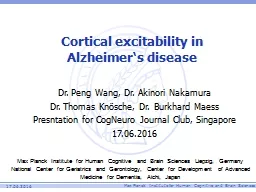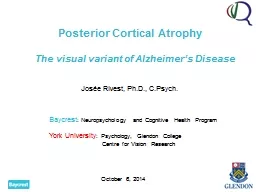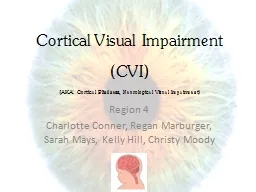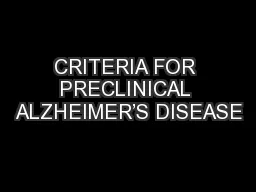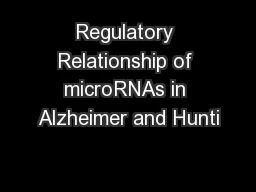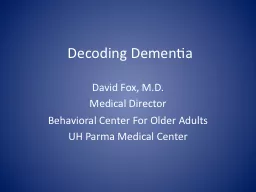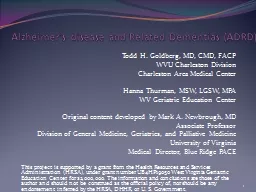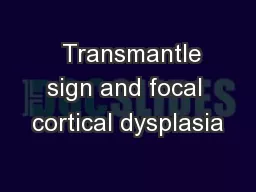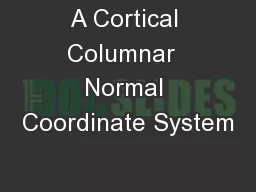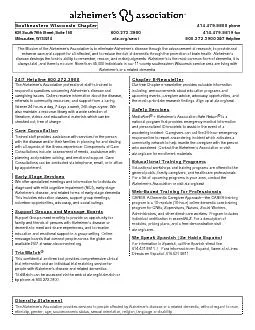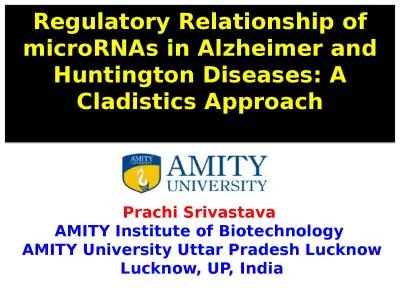PPT-Cortical excitability in Alzheimer‘s disease
Author : liane-varnes | Published Date : 2018-11-04
Max Planck Institute for Human Cognitive and Brain Sciences Liepzig Germany National Center for Geriatrics and Gerontology Center for Development of Advanced Medicine
Presentation Embed Code
Download Presentation
Download Presentation The PPT/PDF document "Cortical excitability in Alzheimer‘s ..." is the property of its rightful owner. Permission is granted to download and print the materials on this website for personal, non-commercial use only, and to display it on your personal computer provided you do not modify the materials and that you retain all copyright notices contained in the materials. By downloading content from our website, you accept the terms of this agreement.
Cortical excitability in Alzheimer‘s disease: Transcript
Download Rules Of Document
"Cortical excitability in Alzheimer‘s disease"The content belongs to its owner. You may download and print it for personal use, without modification, and keep all copyright notices. By downloading, you agree to these terms.
Related Documents

